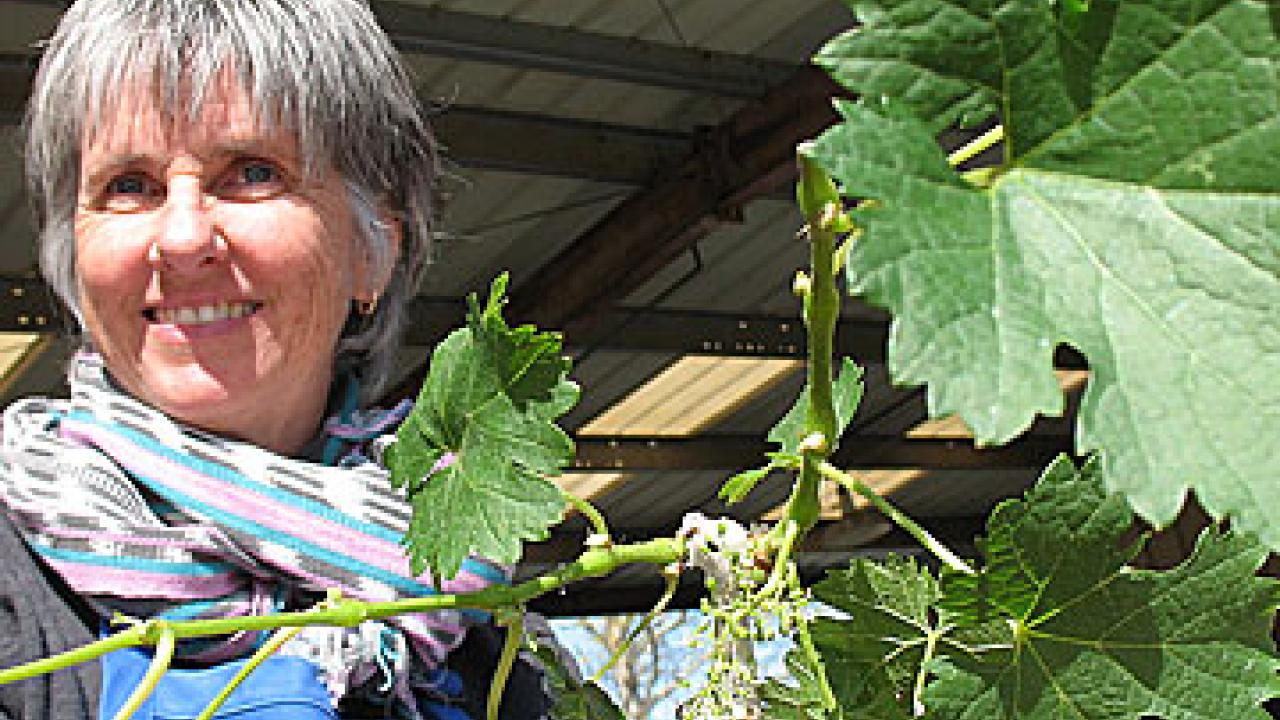Five new grape rootstocks that are resistant to nematodes and phylloxera -- two of the most damaging vineyard pests -- were recently released for distribution to commercial nurseries by UC Davis.
The hardy new rootstocks were unveiled March 31 during a public ceremony at the campus's Foundation Plant Services nursery, marking the culmination of 15 years of research by Professor Andrew Walker, a plant geneticist and breeder in the Department of Viticulture and Enology, and Howard Ferris, a professor in the Department of Nematology. The University of California has applied for patents on the rootstocks.
Attending the event were members of the California nursery industry, who were also picking up some rootstocks, which they will propagate to produce many more rootstocks for sale to growers of table, raisin and wine grapes.
The rootstock includes the root and trunk of the grape plant, onto which many different grape vine varieties can be grafted. Grape growers want rootstocks that can fend off pests and diseases that might prevent the vine from producing the best yield of grapes.
Soil-borne nematodes and phylloxera -- tiny worms and aphids, respectively -- are two of the most damaging vineyard pests. They feed on the plant roots, severely weakening the vines and drastically reducing grape yield.
The new rootstocks are expected to be particularly useful for vineyards in all of California's grape-growing counties where nematodes and phylloxera are especially severe. Traditionally, growers have used chemical fumigants to kill such pests but, in many cases, fumigation now is either ineffective or not permitted.
"These new rootstocks are designed to be planted in the ground without fumigation," Walker said. "They provide growers with a new alternative to fumigation -- a new, 'greener' way, if you will, of solving the problem."
Wine from the rootstocks could be on the shelves by 2013, following two years of nursery propagation, three years growing in a vineyard, and one year in the bottle. Table grapes will be available a year earlier.
Media Resources
Pat Bailey, Research news (emphasis: agricultural and nutritional sciences, and veterinary medicine), 530-219-9640, pjbailey@ucdavis.edu
Andrew Walker, Viticulture and Enology, 530-752-0902, awalker@ucdavis.edu
Deborah Golino, Foundation Plant Services, (530) 754-8102, dagolino@ucdavis.edu
